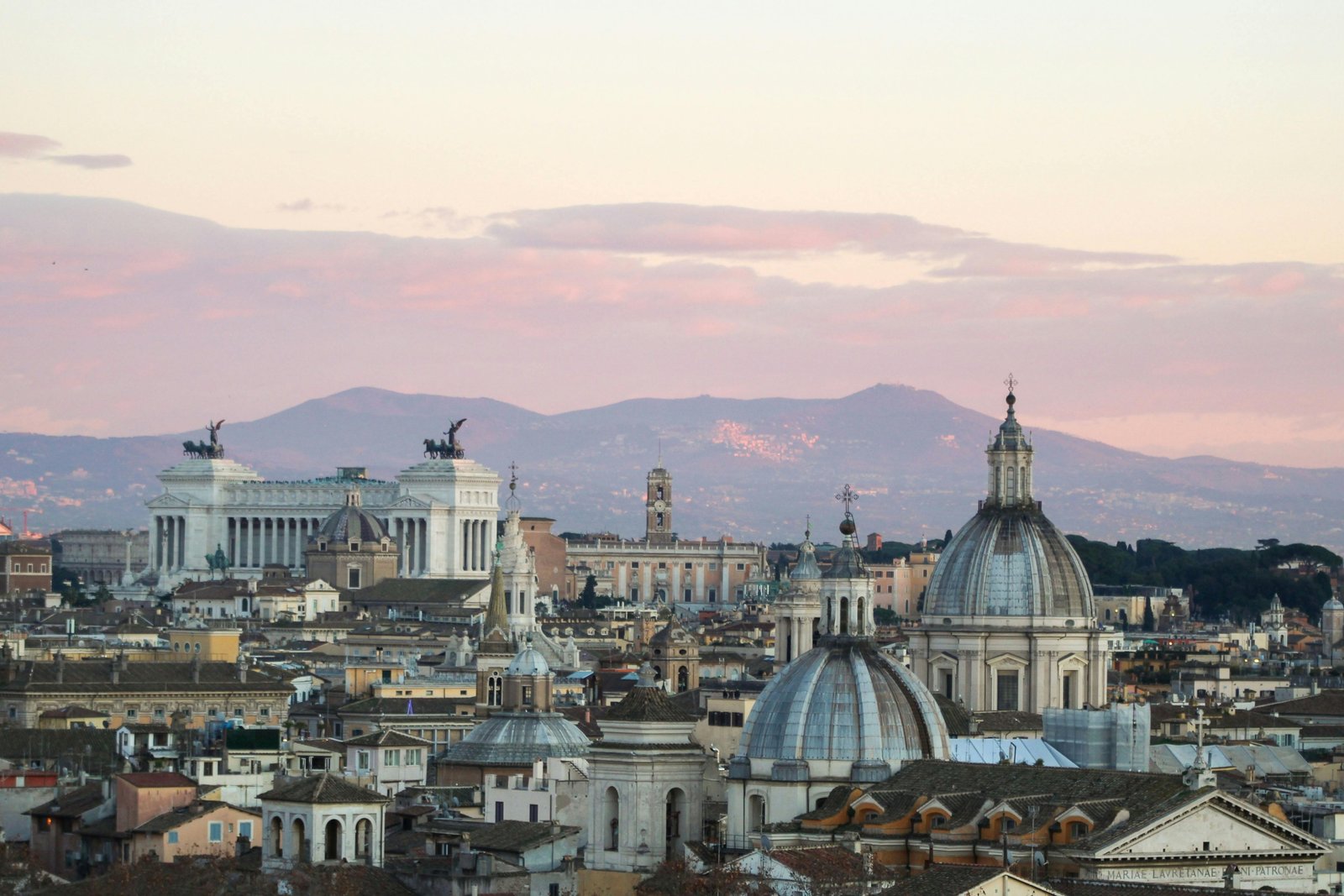Discover the Biggest Cities in Europe: A 2025 Ranking
Are you curious about the biggest cities in europe? This continent is home to some of the world’s most famous urban centers. However, determining the largest ones can be tricky. This guide provides a clear ranking for 2025 based on population within city limits. Consequently, you can discover the true giants of Europe.
What Defines the Biggest Cities in Europe?
When we talk about a city’s size, we often mean its population. But there are different ways to measure this. For example, some lists use the metropolitan area, which includes surrounding suburbs. For this article, we focus on the population within the official city limits. This method gives a clearer picture of the core urban area and provides a more direct comparison.
A Countdown of the Top 5 Biggest Cities in Europe
Europe’s urban landscape is dominated by a few massive metropolises. Therefore, let’s explore the top five that stand out for their sheer scale and influence. Each one offers a unique blend of history, culture, and modern energy.
1. Istanbul, Turkey
Istanbul is undeniably the largest city in Europe. With a population of over 15 million, it’s a bustling hub of culture and commerce. In addition, its unique location straddles both Europe and Asia, offering a fascinating blend of influences. The city’s history is rich, visible in landmarks like the Hagia Sophia and the Blue Mosque.
2. Moscow, Russia
Next on the list is Moscow, the capital of Russia. It is the largest city located entirely on the European continent. Moscow is home to more than 12.5 million people. Moreover, it serves as the political, economic, and cultural heart of Russia. Visitors can explore iconic sites such as the Kremlin and Red Square.
3. London, United Kingdom
London is a truly global city and a constant contender for the top spots. Its population is nearly 9 million people. The city is a world leader in finance, arts, and fashion. Furthermore, its incredible diversity makes it a vibrant place to visit. You can see famous landmarks like the Tower of London and Buckingham Palace.
4. St. Petersburg, Russia
Russia appears again with St. Petersburg. This city is often called the country’s cultural capital. It has a population of over 5 million people. Founded by Peter the Great, its historic center is a UNESCO World Heritage site. Therefore, it attracts millions of tourists each year to its grand palaces and museums.
5. Berlin, Germany
Finally, we have Berlin, the capital of Germany. With around 3.7 million residents, Berlin has a complex history and a vibrant modern culture. The city is famous for its art scene, nightlife, and historical monuments like the Brandenburg Gate. As a result, it continues to grow in importance and population.
Beyond the Top 5: Other Major European Hubs
While the top five are impressive, Europe has many other large and influential cities. These urban centers are also major destinations for travel and business. Here are a few notable examples:
- Madrid, Spain: The vibrant capital of Spain, known for its art museums and lively atmosphere.
- Kyiv, Ukraine: A historic city with stunning architecture and a growing modern identity.
- Rome, Italy: The Eternal City, packed with ancient history, from the Colosseum to the Roman Forum.
- Paris, France: A global center for art, fashion, and gastronomy, famous for the Eiffel Tower and the Louvre.
Planning Your Visit to Europe’s Urban Giants
Exploring the biggest cities in Europe offers an amazing experience. Each city has a unique character and countless things to do. For instance, you could spend days exploring museums in London or enjoying the Bosphorus in Istanbul. To make the most of your trip, plan ahead. Book accommodations early and consider buying city passes for public transport. In conclusion, these massive and exciting cities are waiting for you to discover their secrets.



